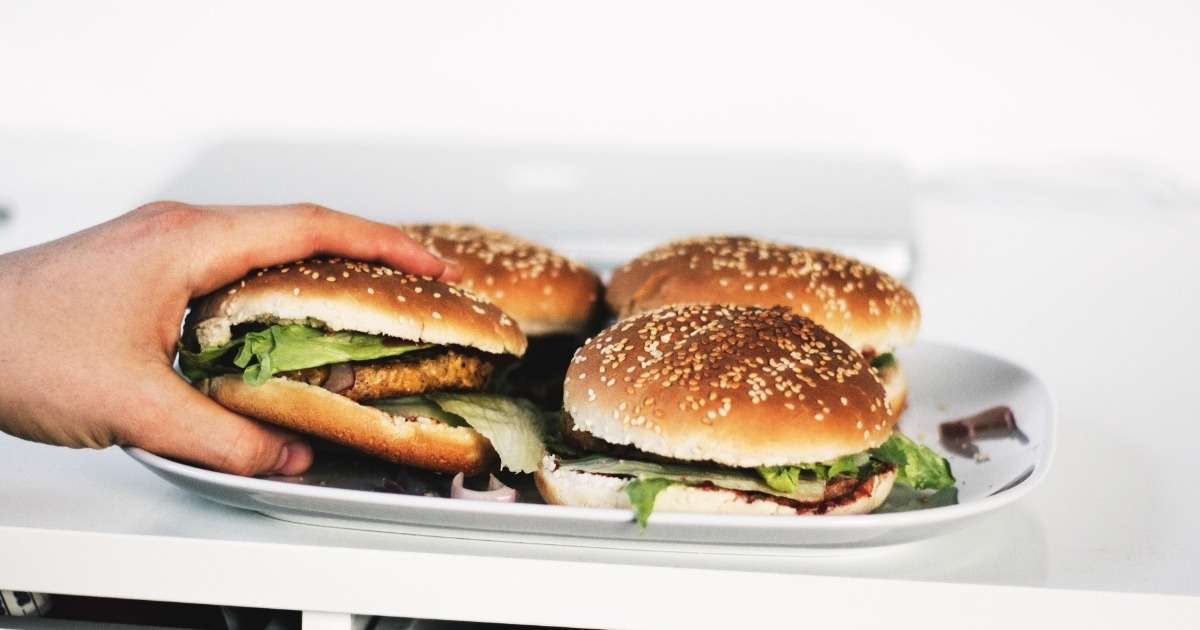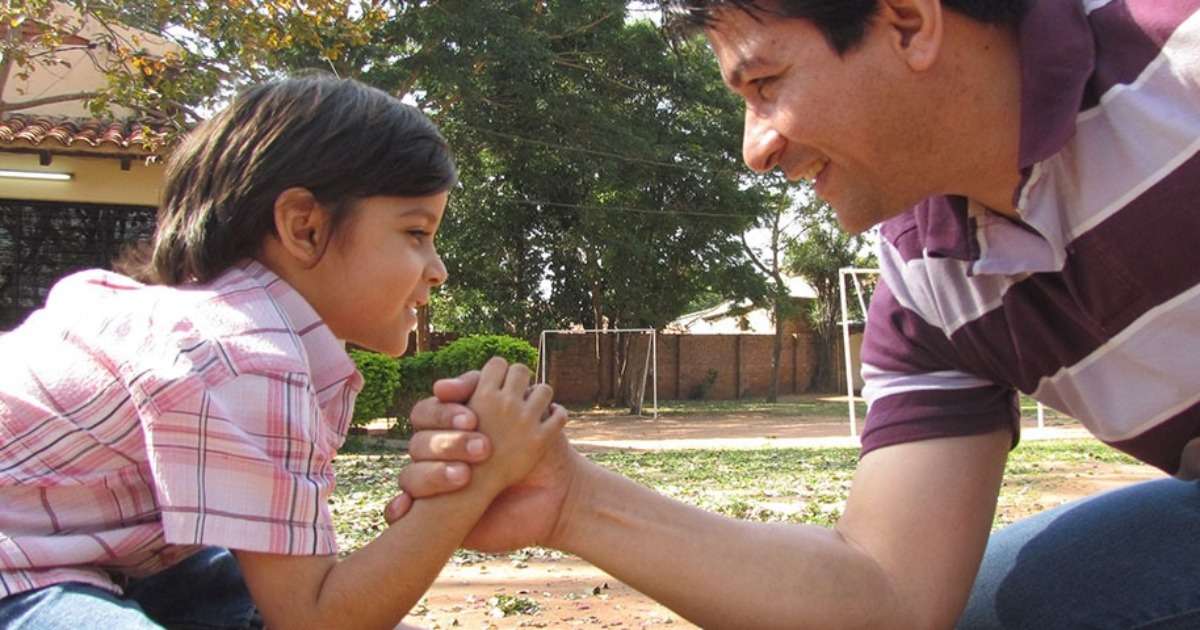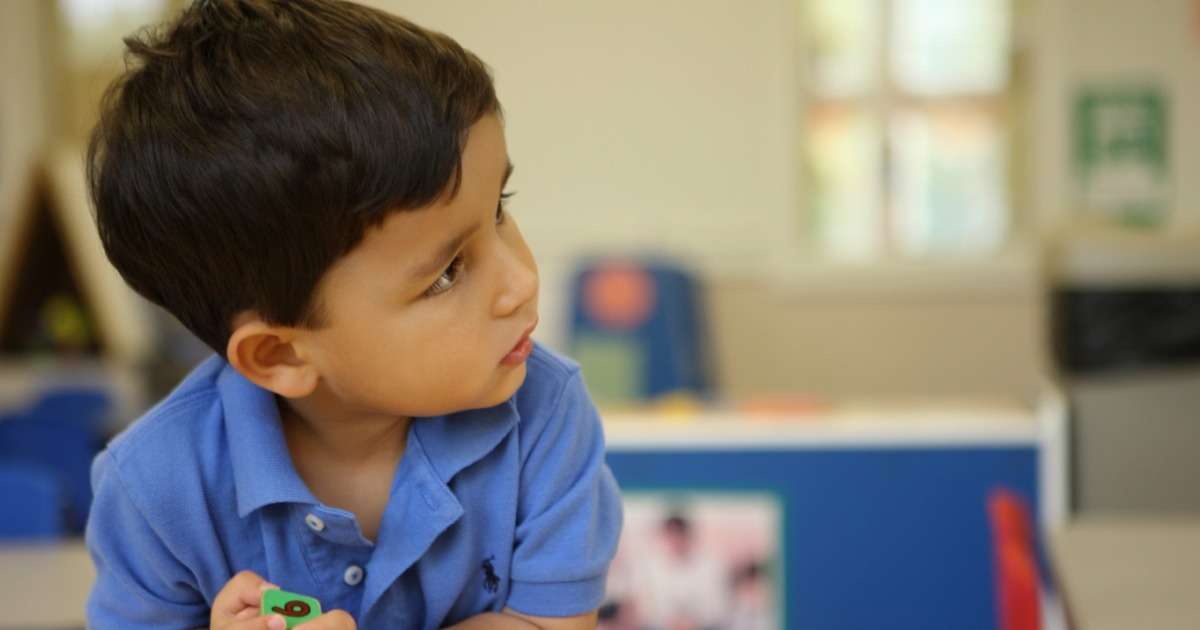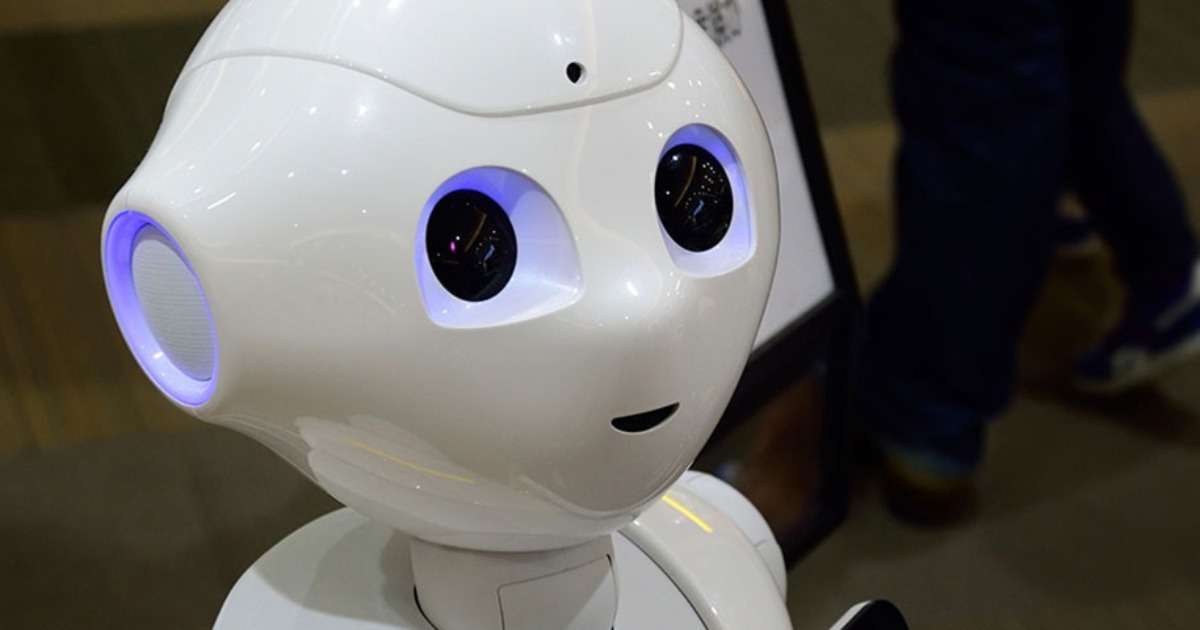
What does the Moment of Truth mean to your business?
We’ve all been there: close to the freeway on-ramp were several choices of the usual variety. I quickly made my decision, rolled through the drive thru, picked an item from the pictures provided, and hit the freeway again.

Measuring experiential, behavioral, and physiological outputs
In a romantic relationship, it is undoubtedly important to show support when one’s partner shares his or her accomplishments and positive life events.

Adolescent Motherhood – observing mother-infant behavior
Adolescent mothers are tackling their transition to adulthood and the transition to parenthood. This is called the double risk for mother and infant, inherent in adolescent motherhood.

Two examples of parent-child interaction research
Fatherhood is a topic of high social relevance that attracts much public interest and therefore also the attention of scientists.

Physiological and behavioral analysis: coping with stress
Having a behavioral coping strategy means that a person can regulate emotions and deal with stressful situations.

Healthcare communication - dealing with emotions
Communication studies have shown that breaking bad news is best be done immediately and with clear wording. What is the best step forward?

Human-Robot Interaction: Robots in the spotlight
Read these four blog articles to find out how and why human-robot interaction is studied by many researchers around the world!

Nurse-child interaction - observing medical encounters
In order to help health professionals and parents manage child distress more effectively, researchers started observations of real interactions in healthcare in a community setting.

Doctor-patient communication training program evaluated
Every day, new training programs find their way to hospitals and clinics to help professionals convey their message efficiently and effectively in order to practice their profession.

Autism Top 8 Blog Articles from the Behavioral Research Blog
It was no surprise that these blog articles attracted lots of attention. Autism is the fastest-growing serious developmental disability in the U.S. (www.autismspeaks.org). Read the Autism Top 8 Blog Articles.
